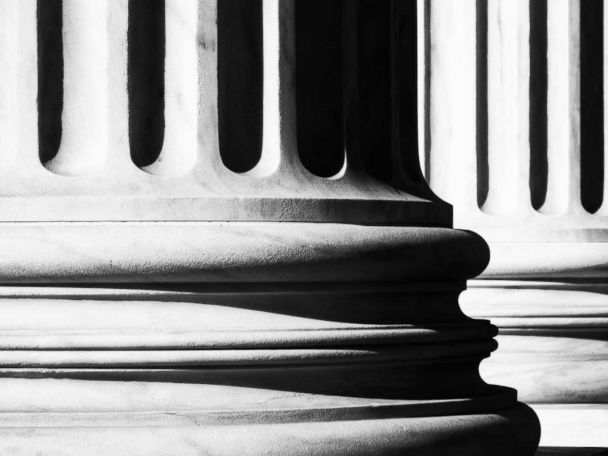Former President Barack Obama and former Vice President Kamala Harris, in separate rallies on Saturday, called for Democrats to turn out to vote in Virginia's and New Jersey's races for governor and for the proposition that would redraw California's congressional map.
Their efforts came as President Donald Trump's political operation also invests millions in voter turnout for New Jersey and Virginia's gubernatorial races, in an effort to boost the Republican candidates on those tickets.
Speaking at a rally for Democratic candidate and former U.S. Rep. Abigail Spanberger in Norfolk, Virginia, on Saturday afternoon, Obama told a crowd of thousands, "Our country and our politics are in a pretty dark place right now... Every day this White House offers up a fresh batch of lawlessness and recklessness and mean-spiritedness and just plain craziness."
Obama hit Trump on his handling of the economy, and the effect that the administration's layoff efforts had on Virginia, a state home to...
November 01
